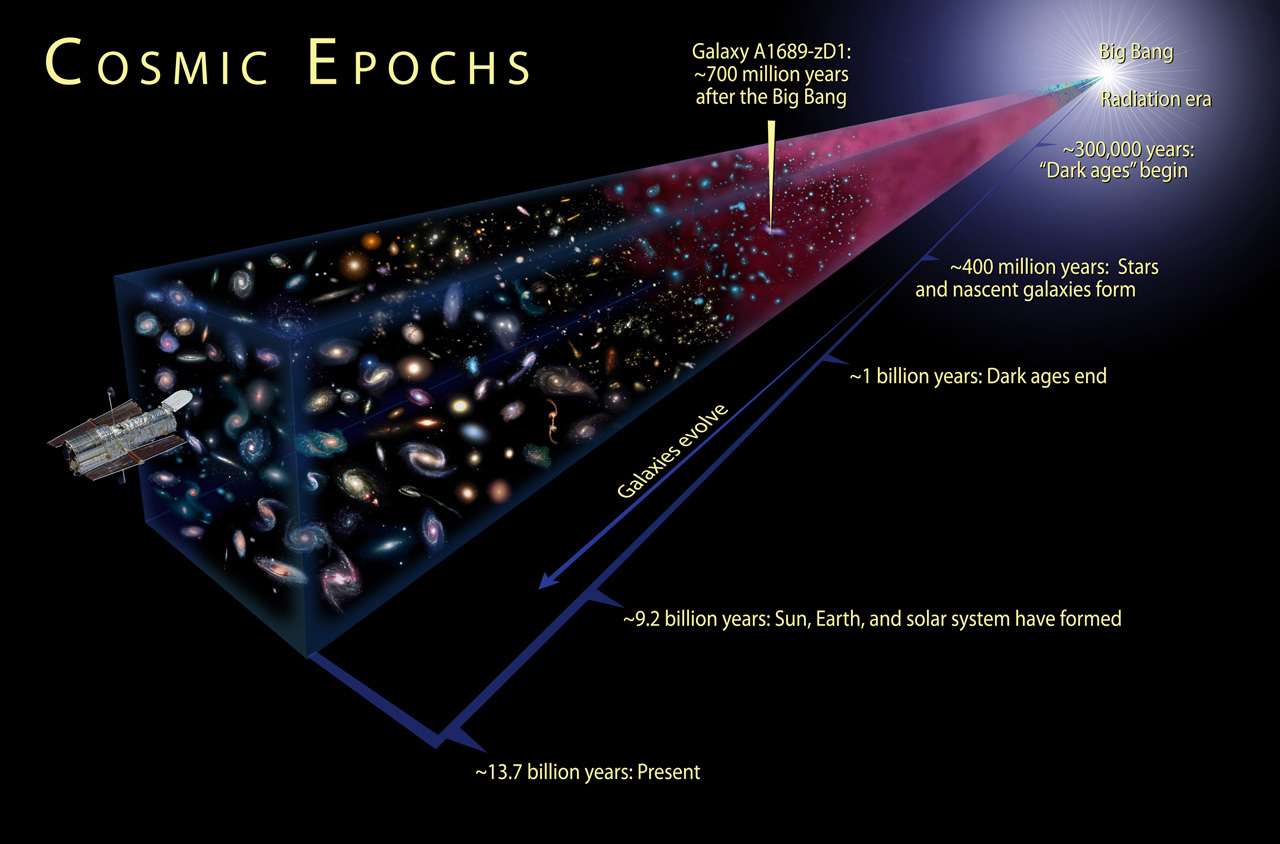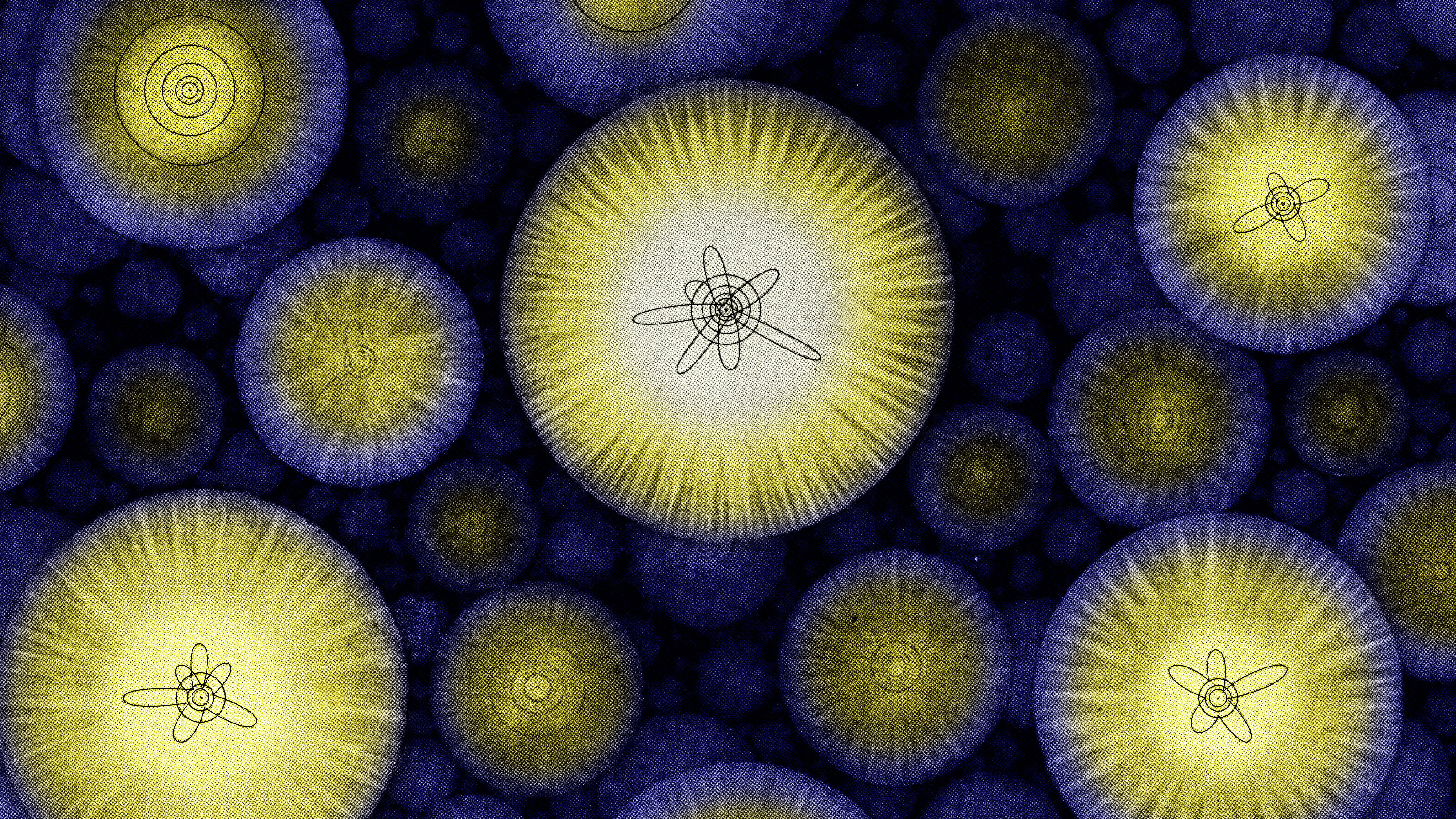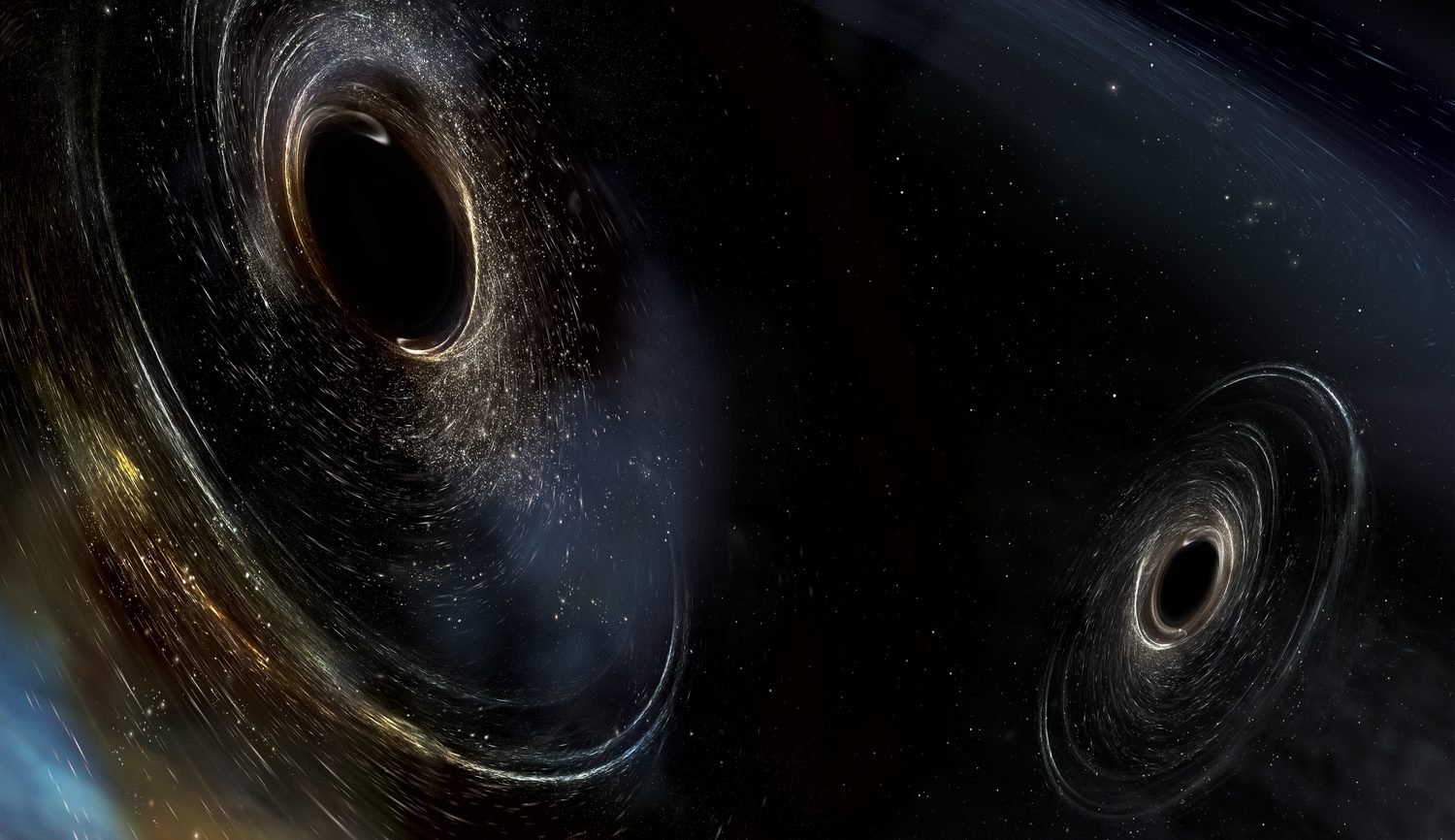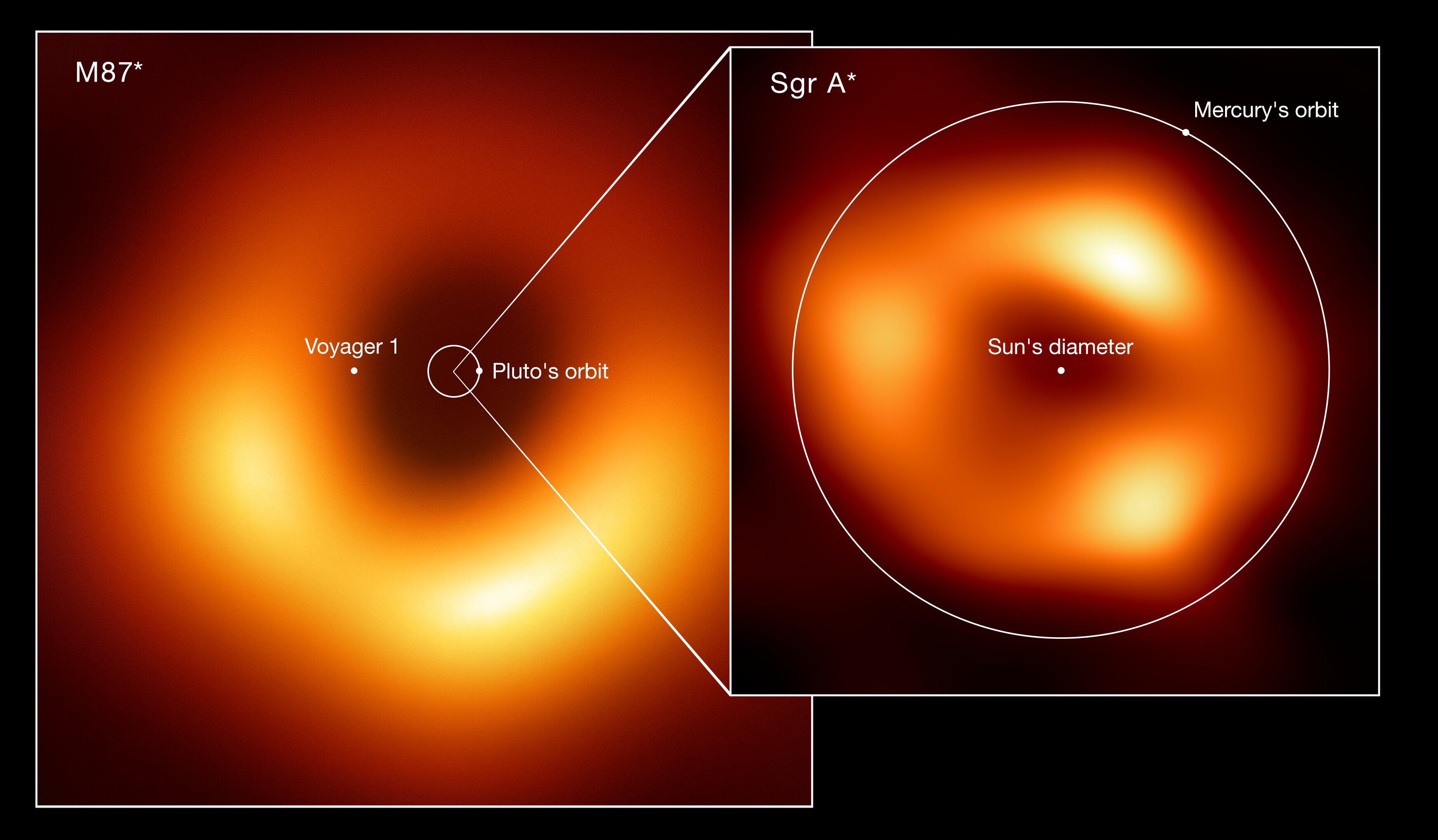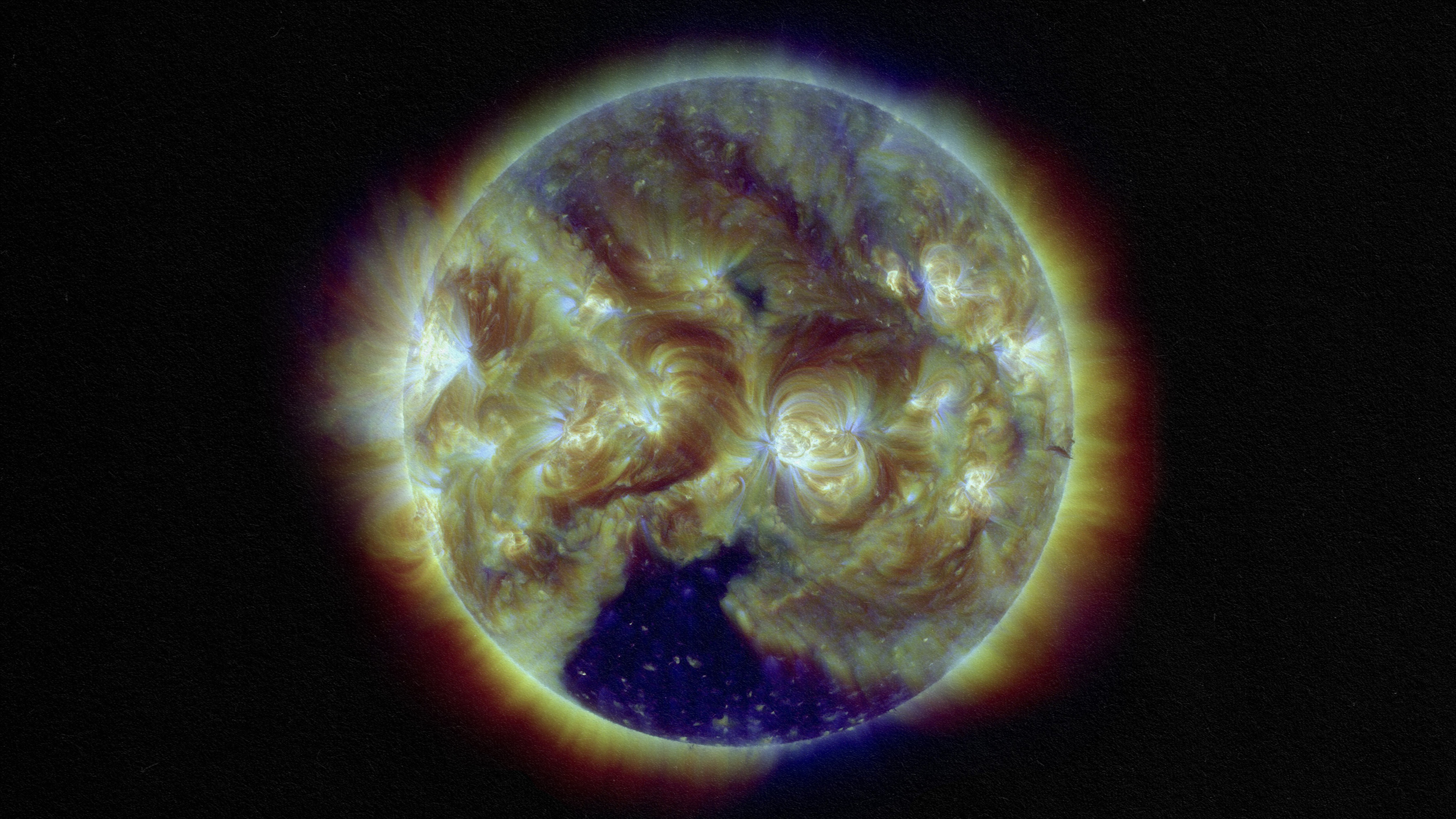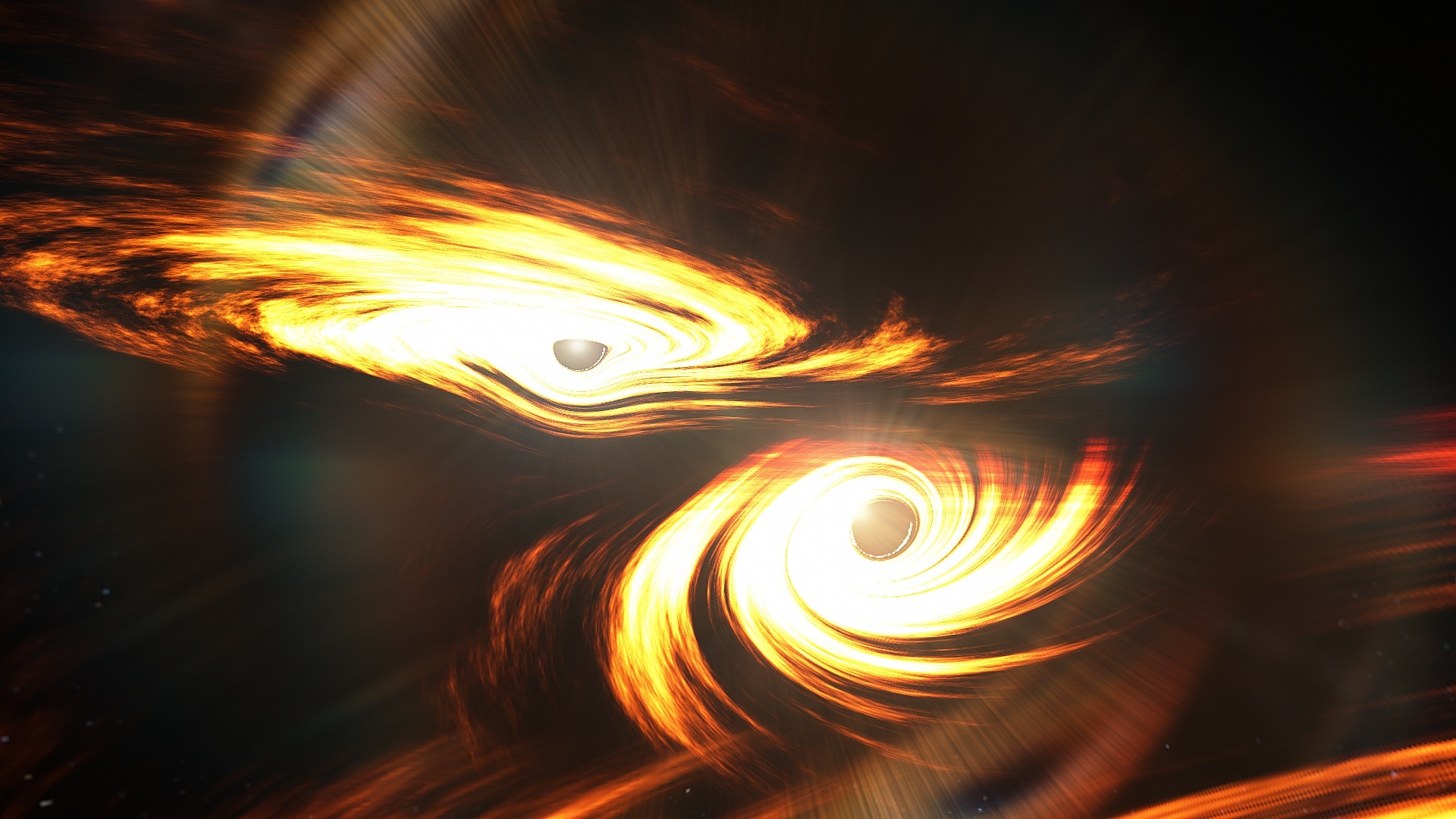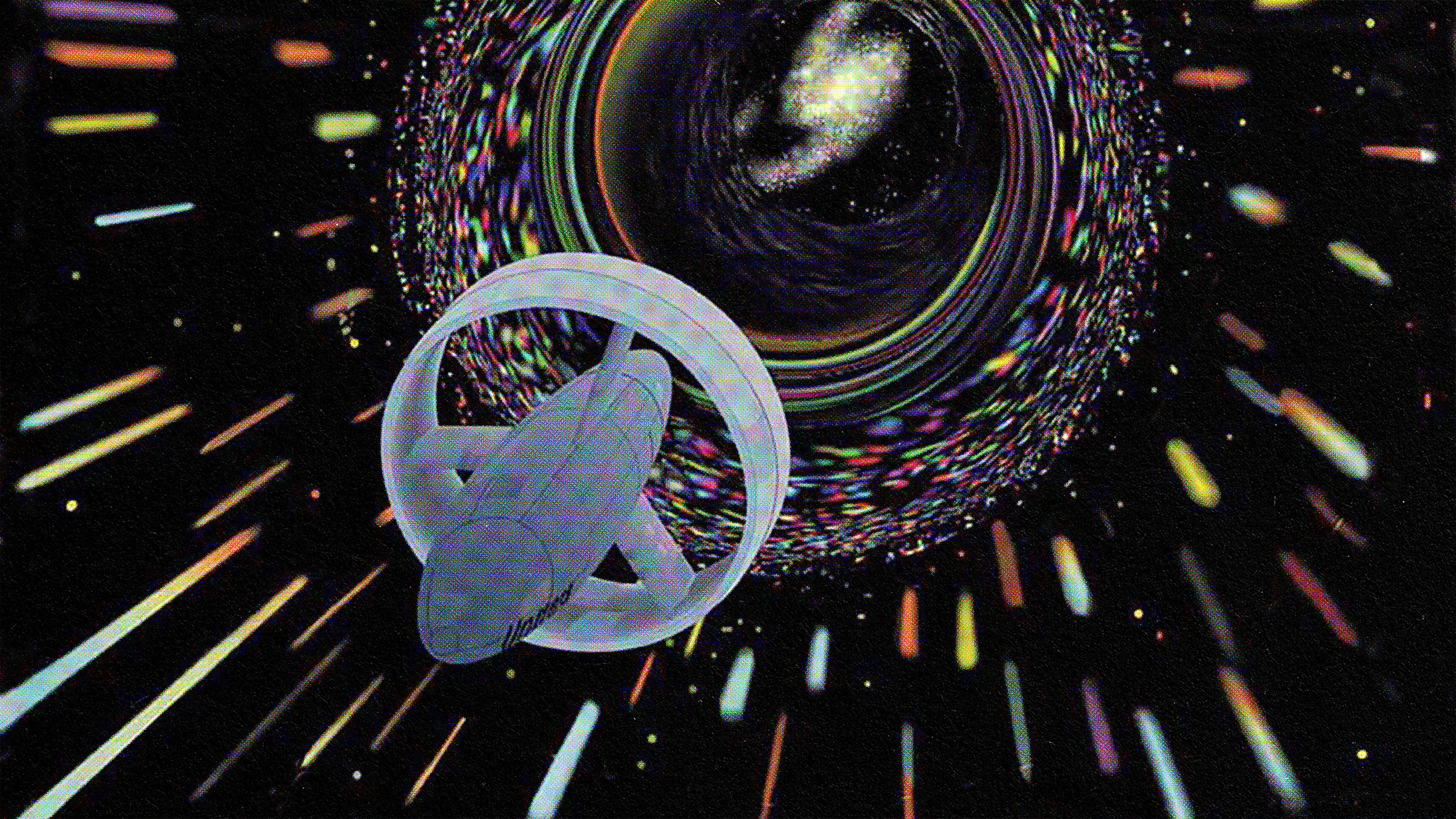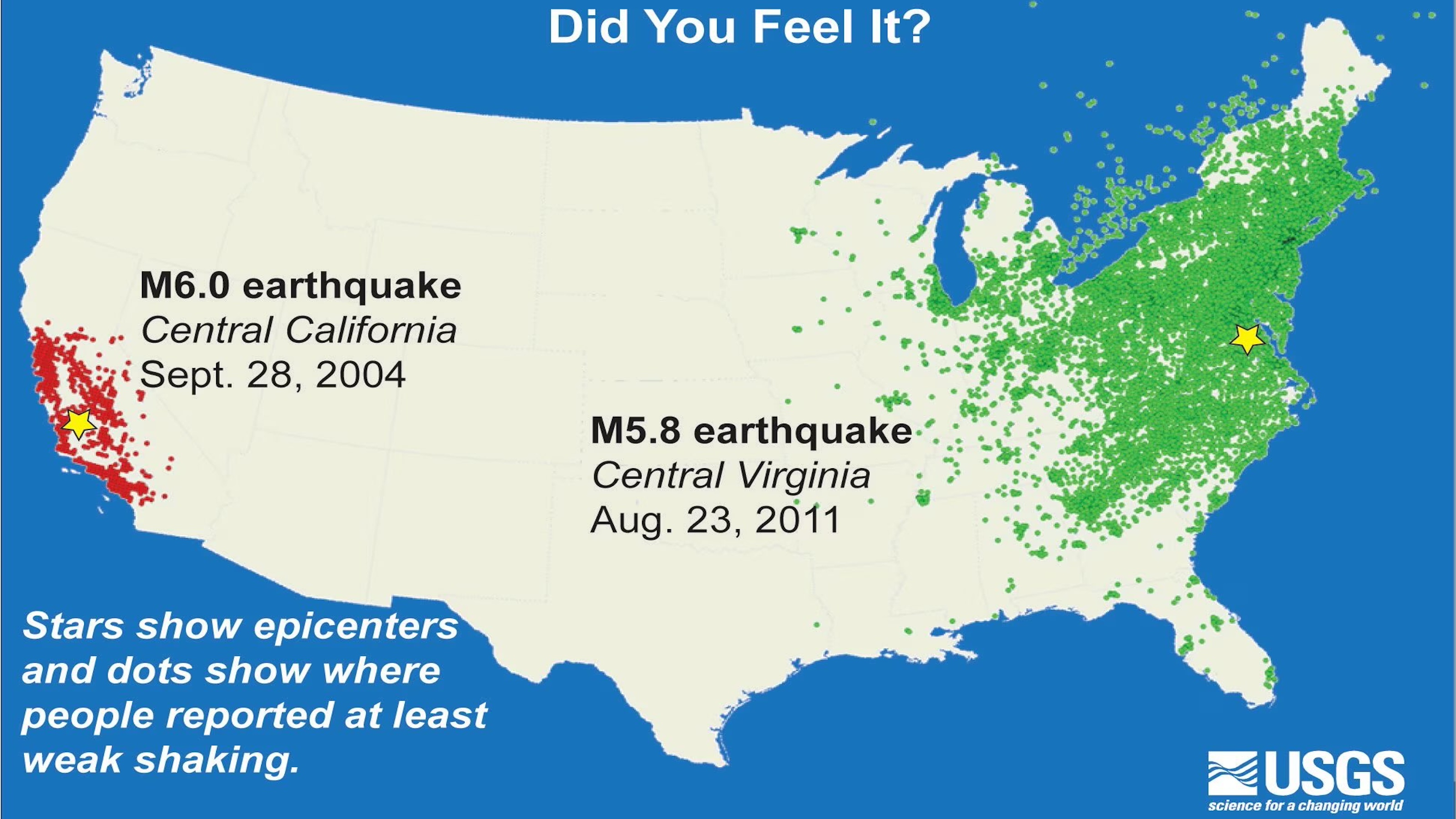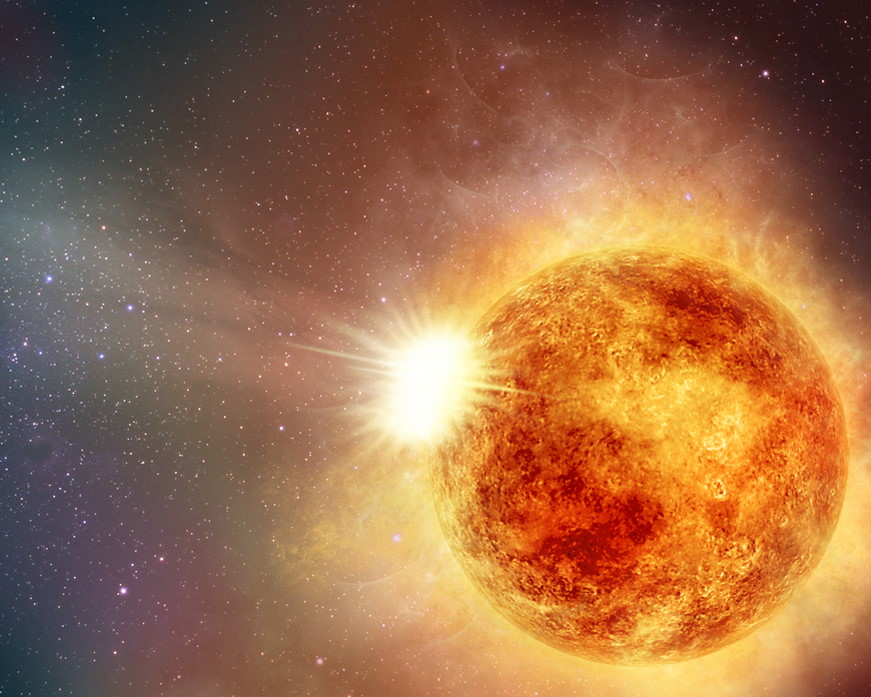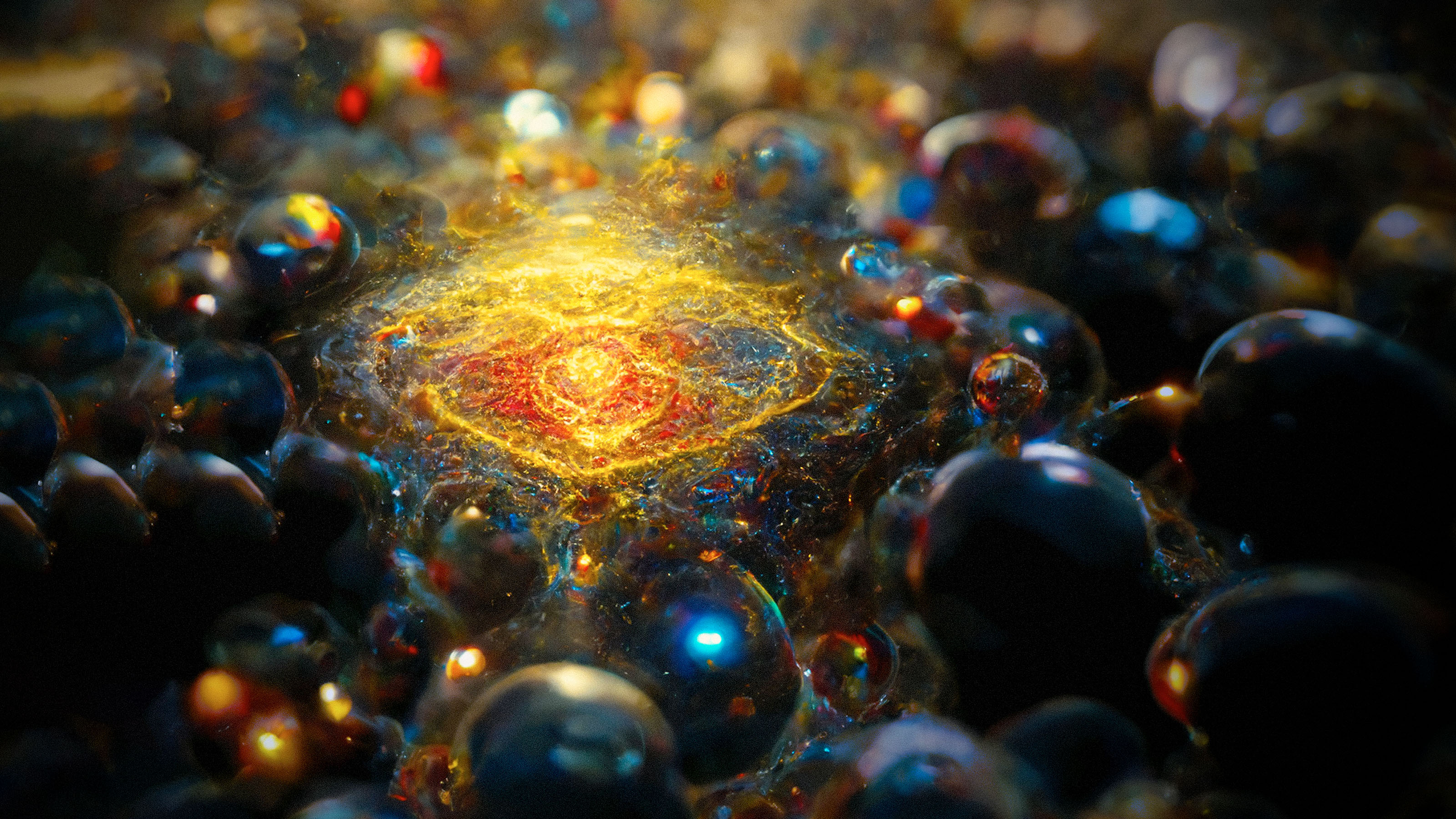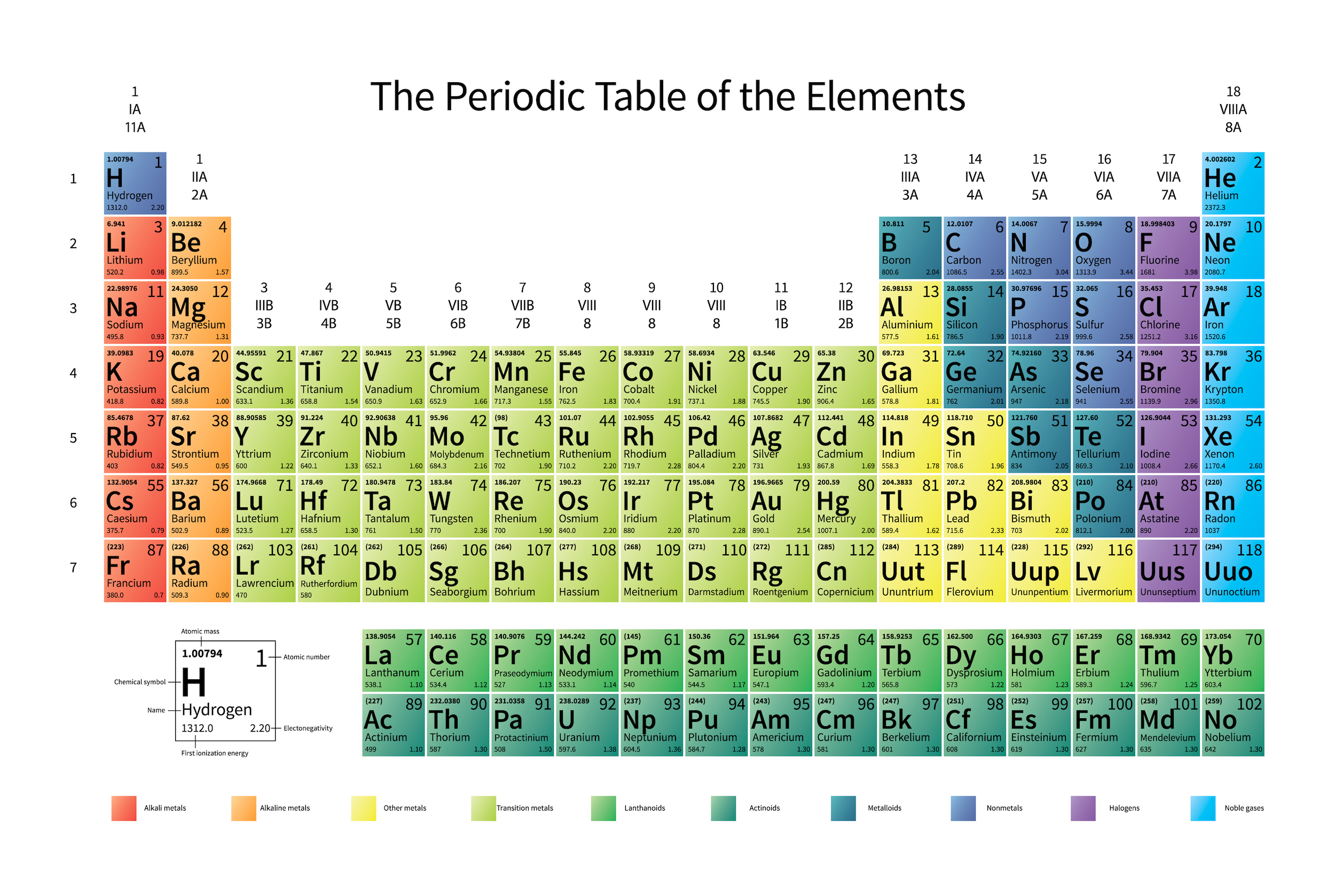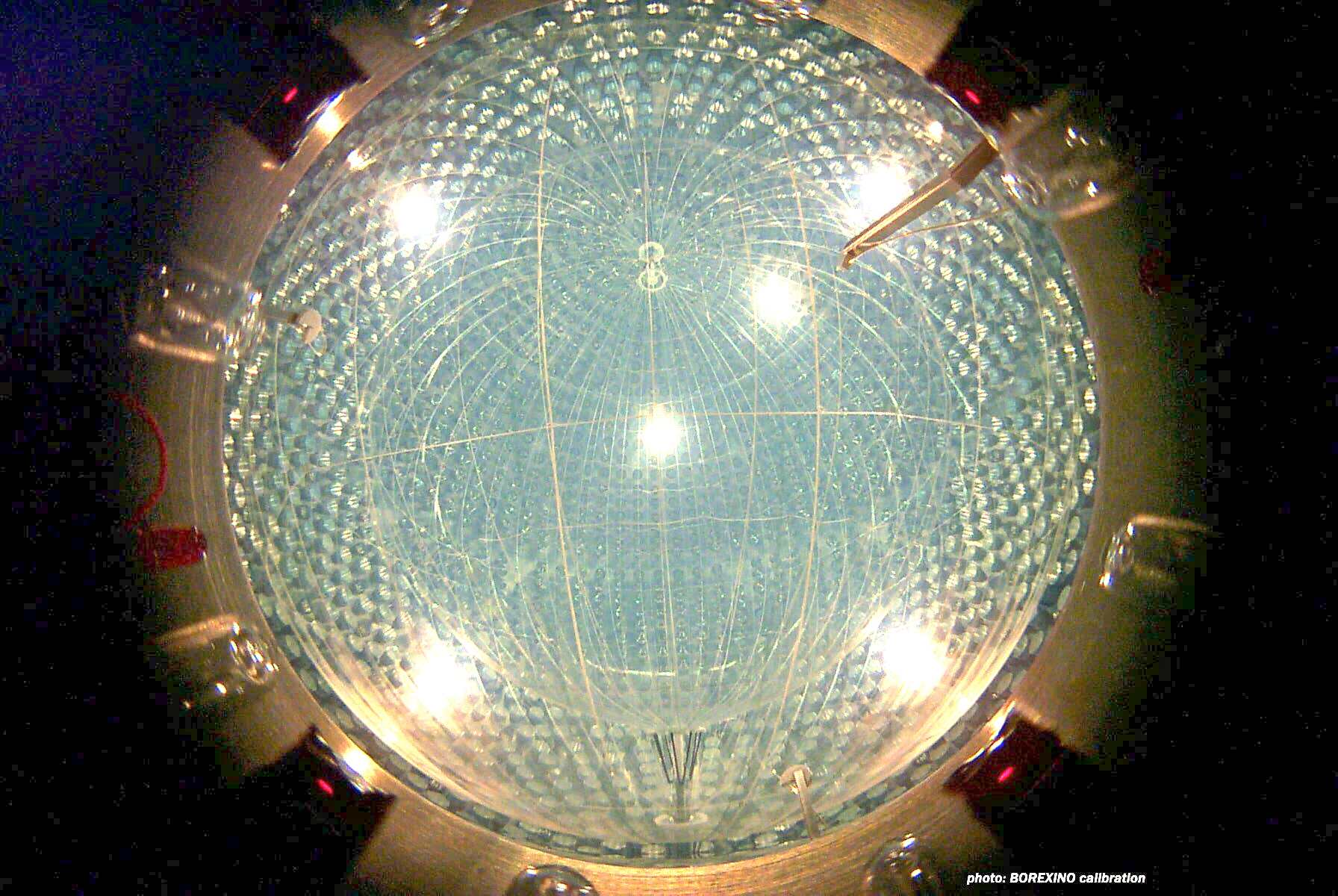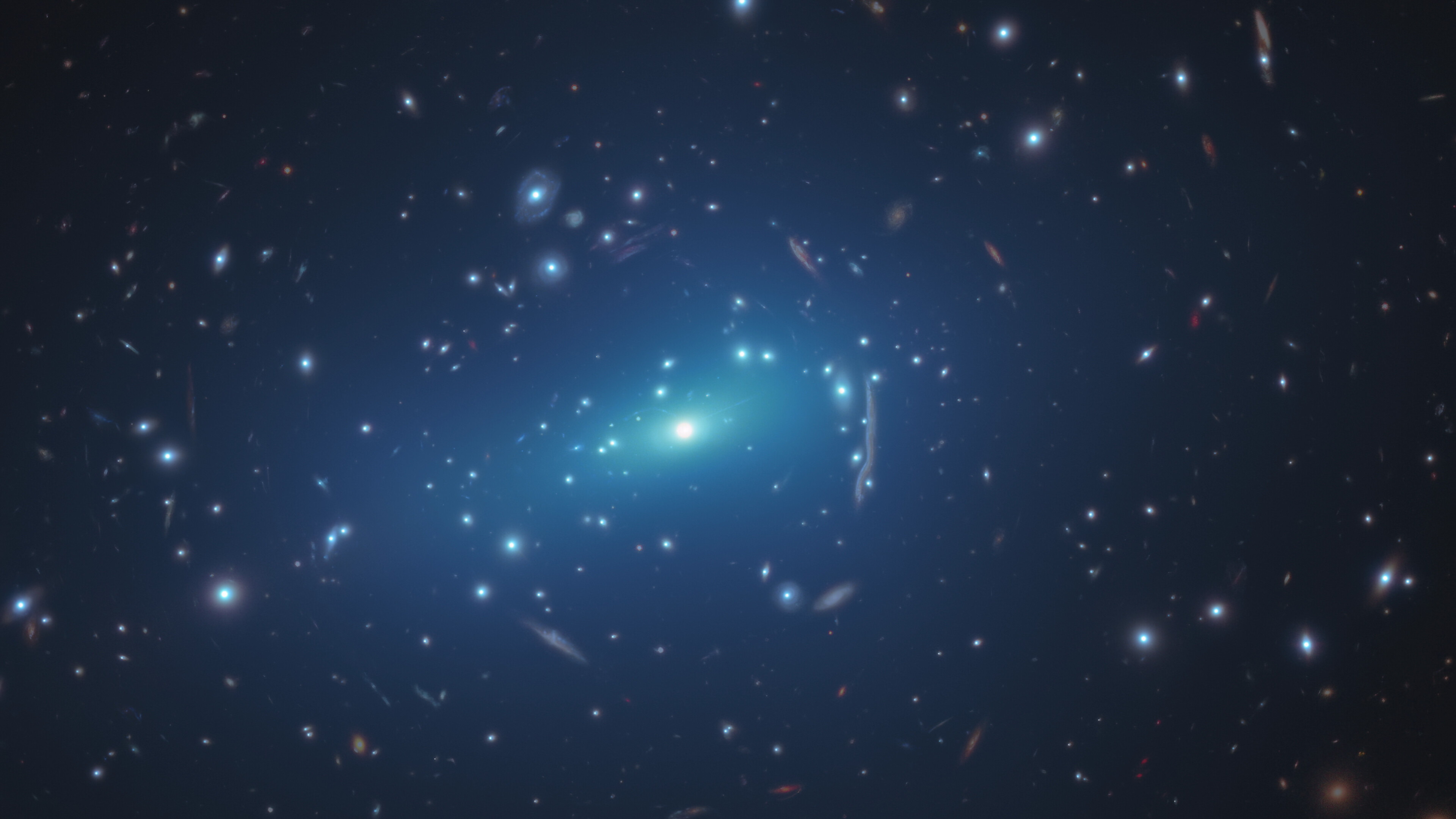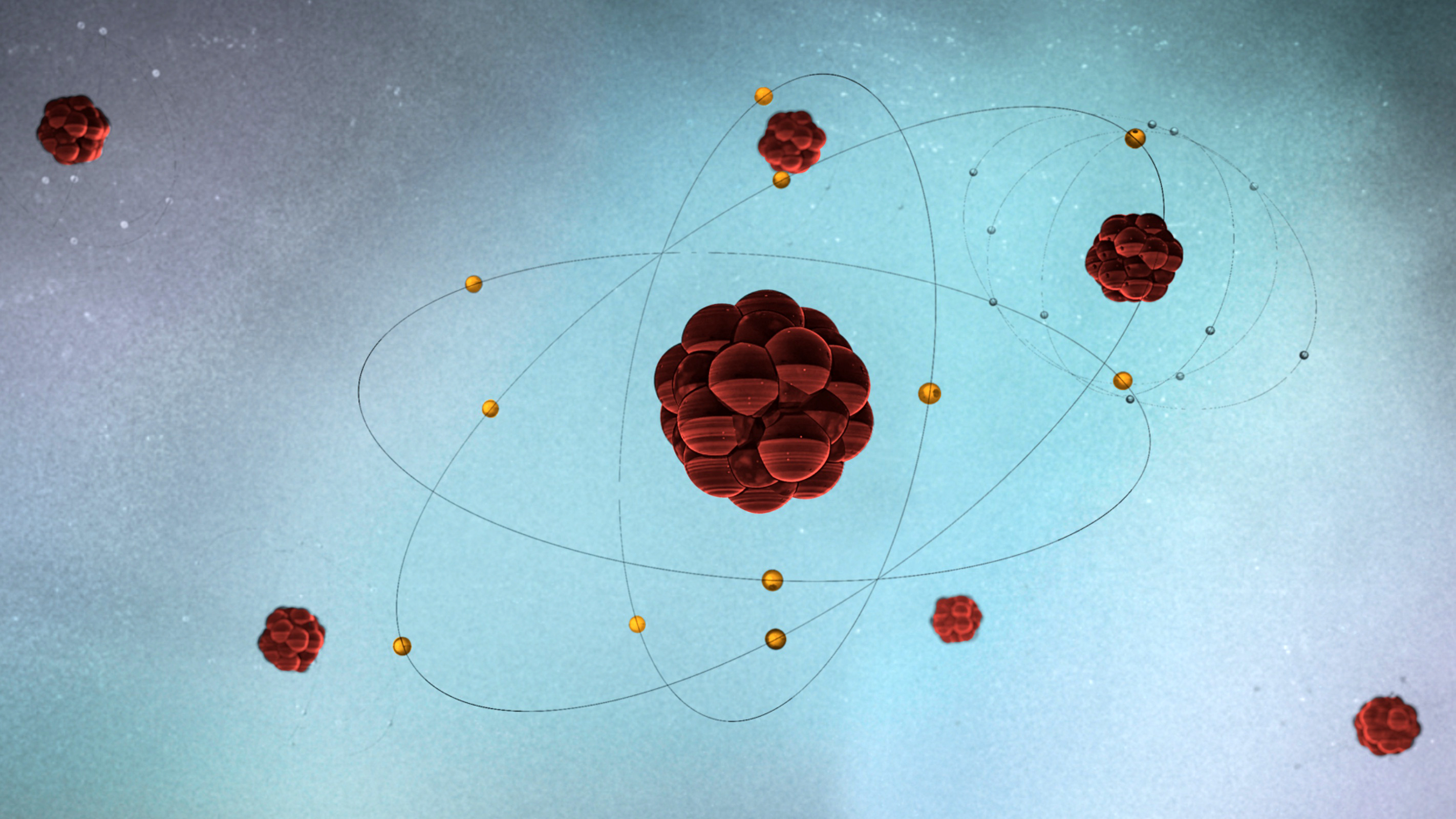In many ways, we are still novices playing with toy models seeking to understand the stars.
Search Results
You searched for: energy
To Fred Hoyle, the Big Bang was nothing more than a creationist myth. 75 years later, it’s cemented as the beginning of our Universe.
Quarks and leptons are the smallest known subatomic particles. Does the Standard Model allow for an even smaller layer of matter to exist?
The Universe is 13.8 billion years old, going back to the hot Big Bang. But was that truly the beginning, and is that truly its age?
By probing the Universe on atomic scales and smaller, we can reveal the entirety of the Standard Model, and with it, the quantum Universe.
Atomic nuclei form in minutes. Atoms form in hundreds of thousands of years. But the “dark ages” rule thereafter, until stars finally form.
In 1974, Hawking showed that black holes aren’t stable, but emit radiation and decay. Nearly 50 years later, it isn’t just for black holes.
Since its observation discovery in the 1990s, dark energy has been one of science’s biggest mysteries. Could black holes be the cause?
Long thought a pipe dream, scientists have discovered a drug that mimics the effects of exercise.
We don’t know what causes Miyake events, but these great surges of energy can help us understand the past — while posing a threat to our future.
Quantum physics is starting to show up in unexpected places. Indeed, it is at work in animals, plants, and our own bodies.
All matter particles can act as waves, and massless light waves show particle-like behavior. Can gravitational waves also be particle-like?
Einstein’s relativity overthrew the notion of absolute space and time, replacing them with a spacetime fabric. But is spacetime truly real?
The concept of the warp drive is currently at odds with everything we know to be true about physics.
If you think of the Big Bang as an explosion, we can trace it back to a single point-of-origin. But what if it happened everywhere at once?
Across the subterranean United States, not all rocks were created equally.
Glueballs are an unusual, unconfirmed Standard Model prediction, suggesting bound states of gluons alone exist. We just found our first one.
Here on Earth, the Sun is our primary source of light, heat, and energy. But it also poses a grave threat to human civilization.
If our Universe were born a little differently, there wouldn’t have been any planets, stars, galaxies, or chemically interesting reactions.
Up until 2002, we thought that the heaviest stable element was bismuth: #83 on the periodic table. That’s absolutely no longer the case.
Some solar cells are so lightweight they can sit on a soap bubble.
No matter how good our measurement devices get, certain quantum properties always possess an inherent uncertainty. Can we figure out why?
If you’re a massless particle, you must always move at light speed. If you have mass, you must go slower. So why aren’t any neutrinos slow?
In logic, ‘reductio ad absurdum’ shows how flawed arguments fall apart. Our absurd Universe, however, often defies our intuitive reasoning.
For 550 million years, neutral atoms blocked the light made in stars from traveling freely through the Universe. Here’s how it then changed.
Once water gets more than about 200 feet deep, building on the sea floor is out of the question.
In theory, dark matter is cold, collisionless, and only interacts via gravity. What we see in ultra-diffuse galaxies indicates otherwise.
Our classical intuition is no good in a quantum Universe. To make sense of it, we need to learn, and apply, an entirely novel set of rules.
If we waited long enough, would even protons themselves decay? The far future stability of the Universe depends on it.
Its implications go well beyond the Earth itself, affecting even the future of space travel.



